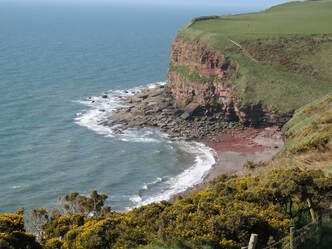 Sandstone cliffs, St Bees Head
Sandstone cliffs, St Bees Head St Bees Head and its seabird cliffs is today’s objective. Gorse flowering along the cliff path, flowers of scurvy grass and birdsong. Although I cannot hear the yellowhammer I remember from my first visit. Eroded and weathered sandstone cliffs, deep red through a coating of iron oxide.
At St Bees Head the sandstone cliffs are intricately sculpted, weathered smooth with curve, fluting, frieze, cornice and entablature- eroded quirky and irregular by wild weather and storms at sea. Sandstone soft-pitted or angular. Narrow shelves with a rock-canopy where pale kittiwake cram against red sandstone. Flat slabs stained white with guano. Red sandstone darkened because grains of sand are coated with rust-coloured iron oxide.
The ruins of St Michael’s Church in Whitehaven have memorials for those killed in the mines from 16th century, and a poignant sculpture to children killed in the coal mines.
The Beacon has excellent displays of fern fossils discovered in coal, of the coal forests. The distribution of coal mines. And the sandstone quarries.
Late in the day, we drive to the coast at Providence and watch oystercatchers foraging along the shore. Then a handsome male wheatear perches on a rock. He's come from Africa and seeks a mate- his breeding plumage at it most beautiful. Black bandit mask, a hint of white vent and warm colouring on his rounded breast and belly.
Palm Sunday 29 March 1461, Battle of Towton
Roses red on white
All day it snew on Towton
Cock Beck ran blood-red
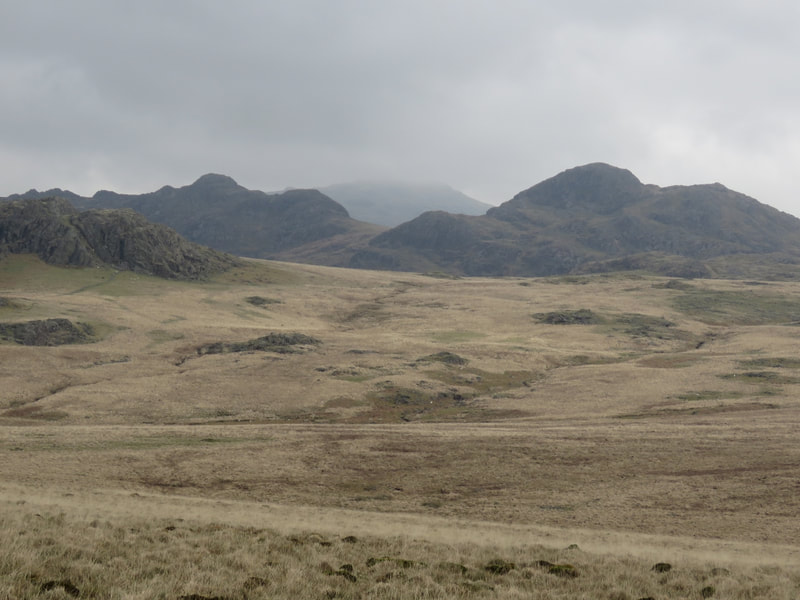
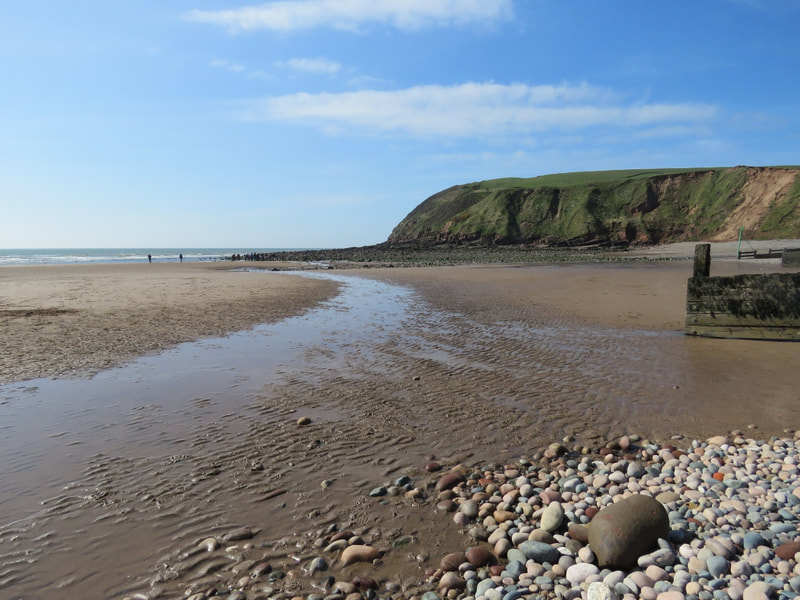
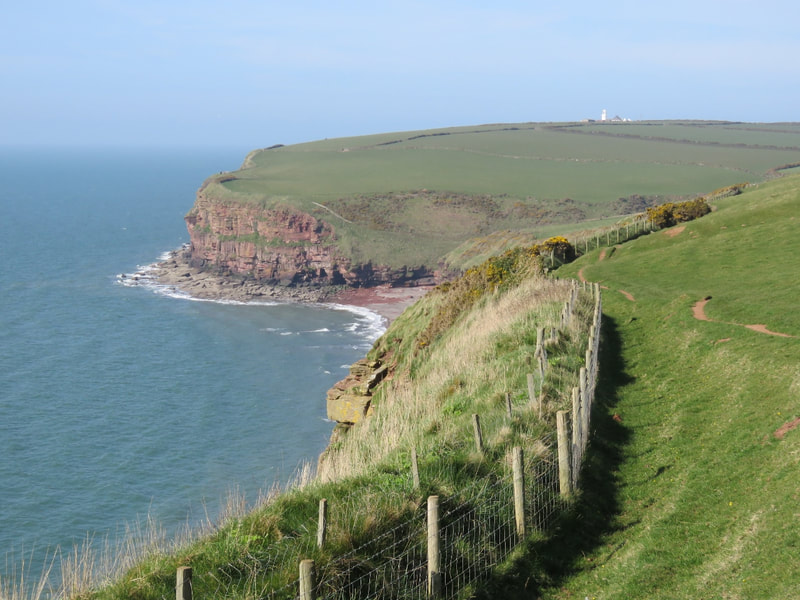
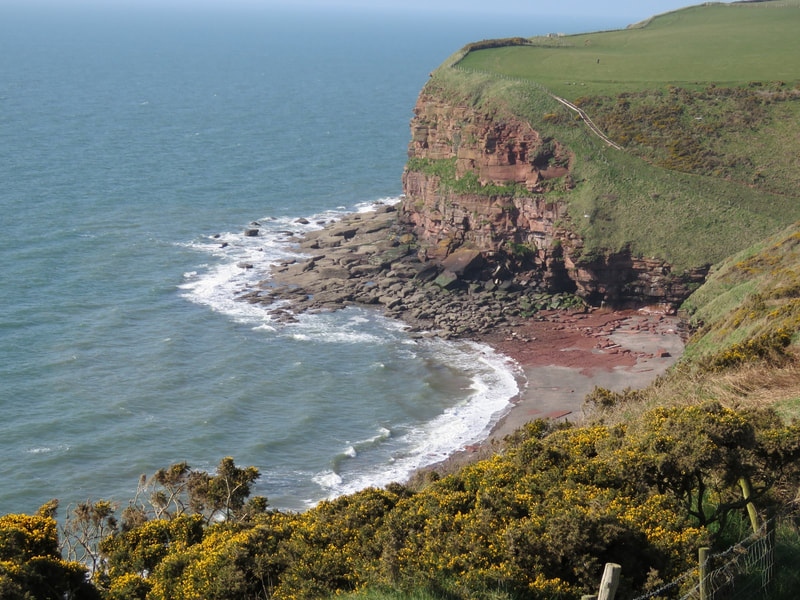
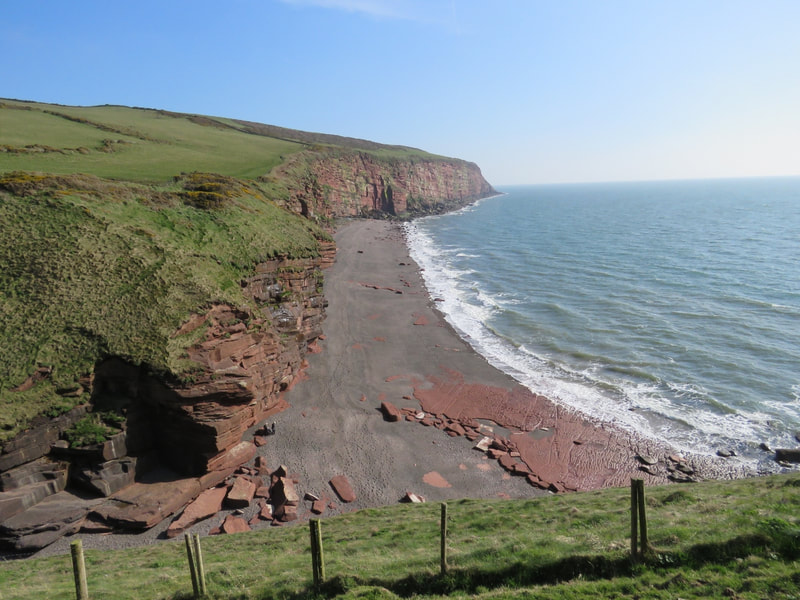
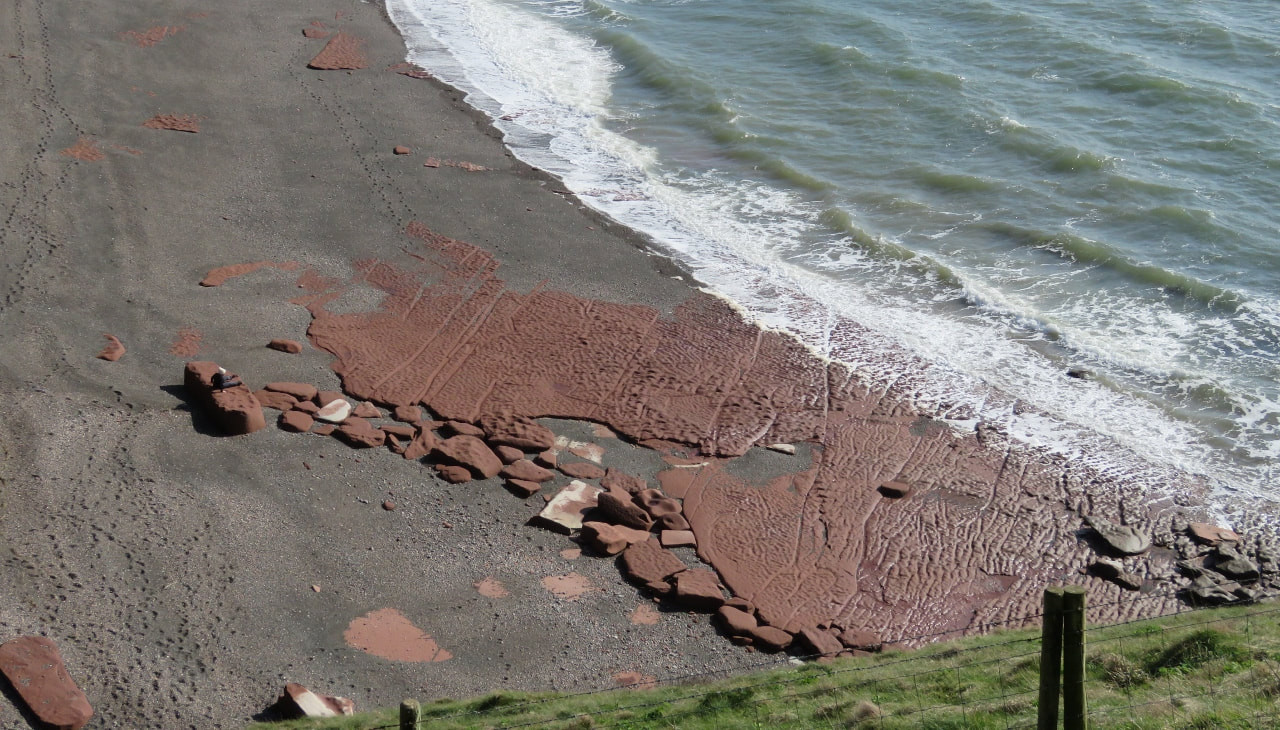
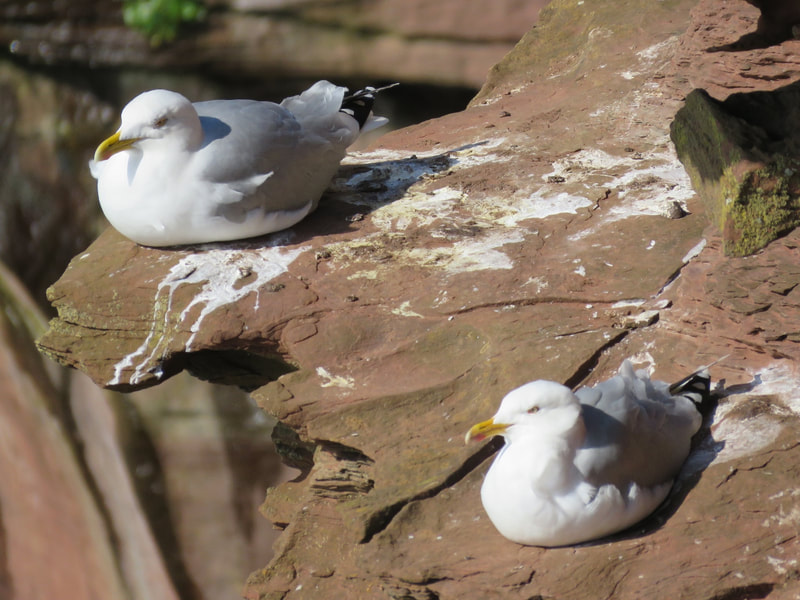

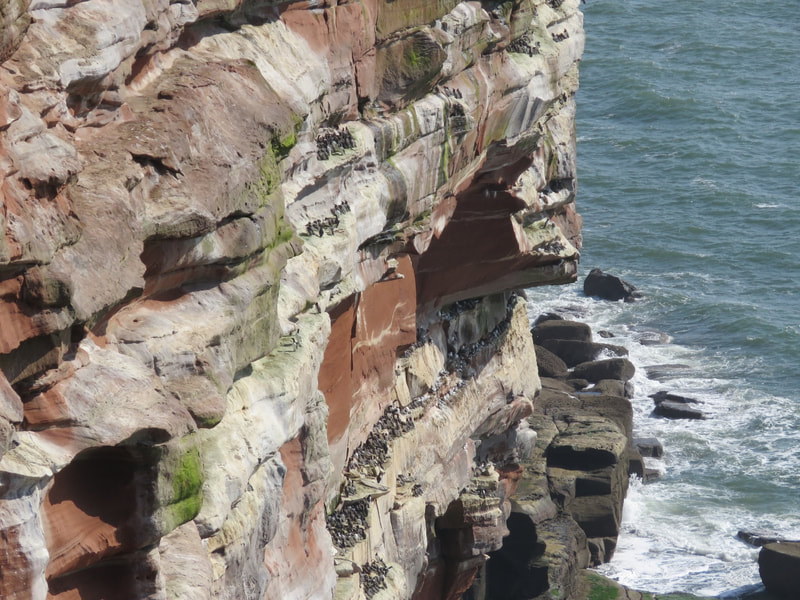
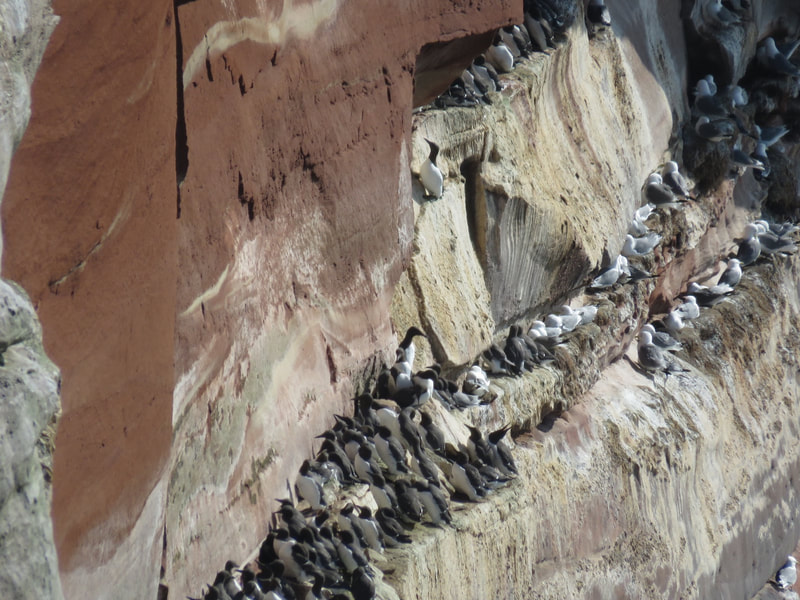
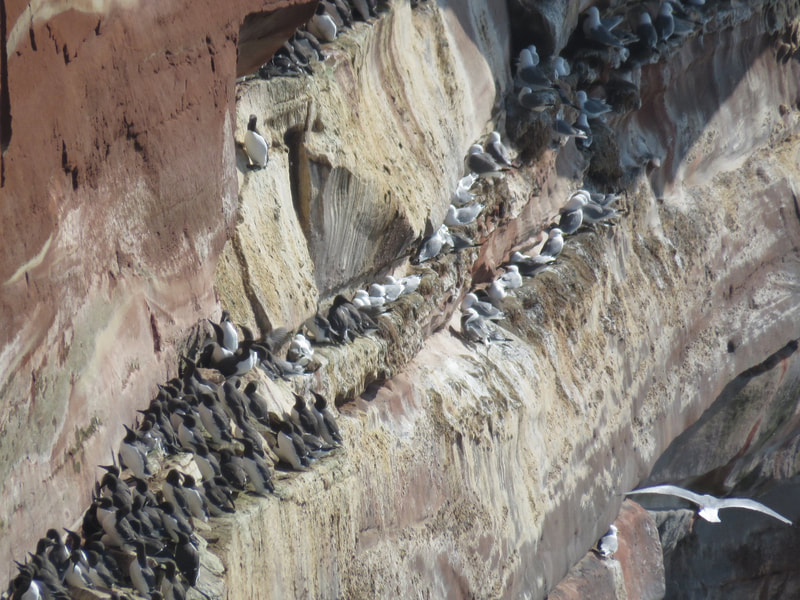
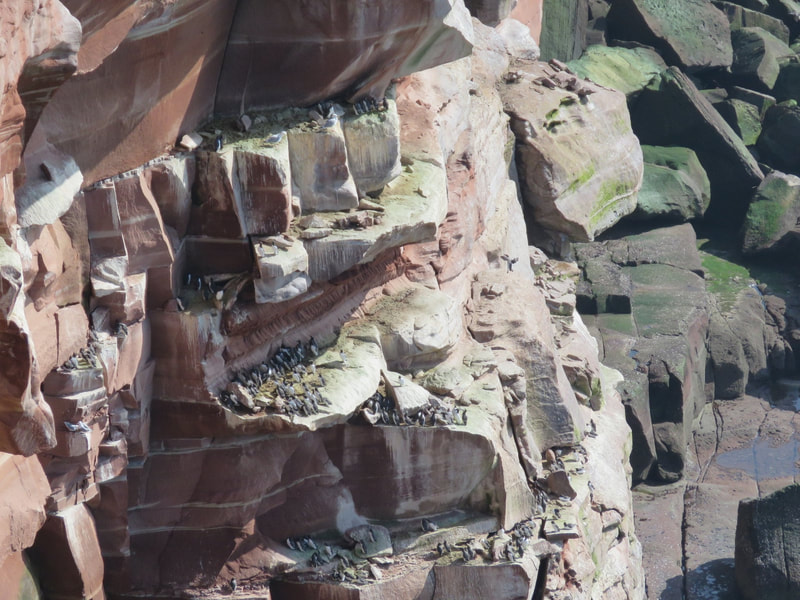

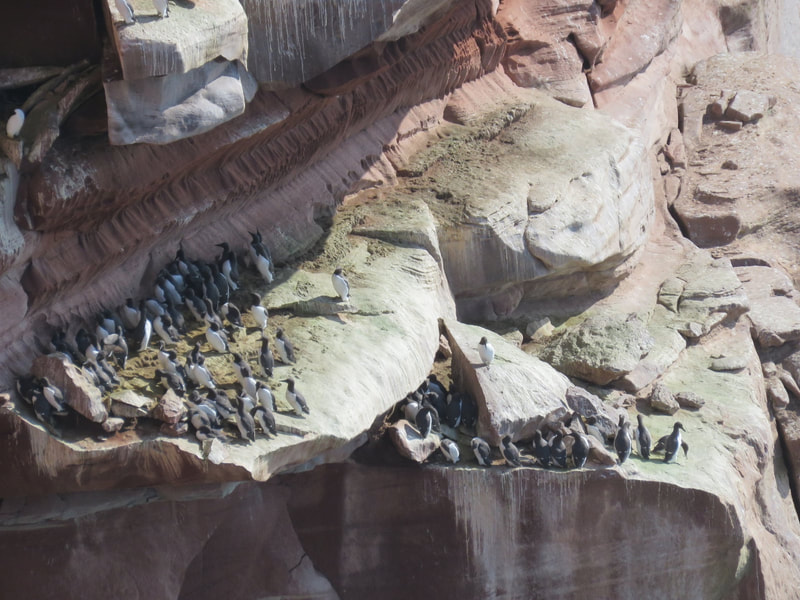
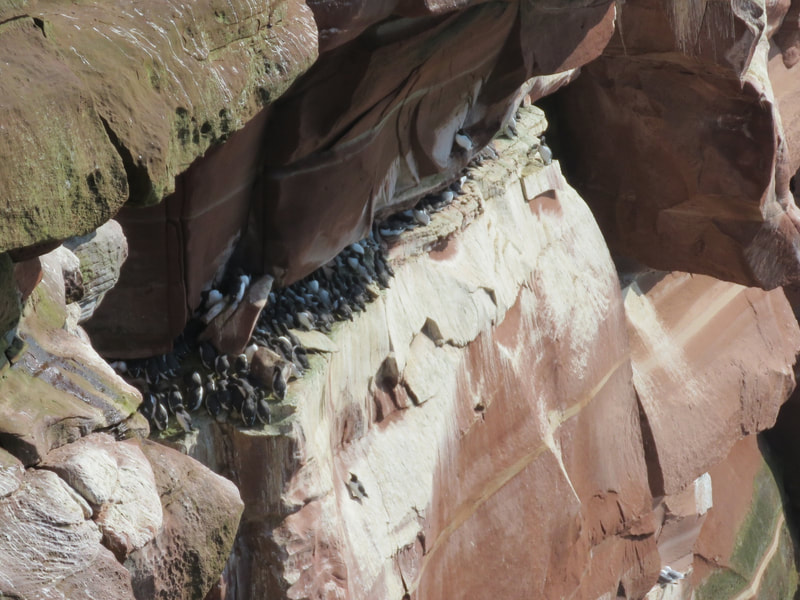
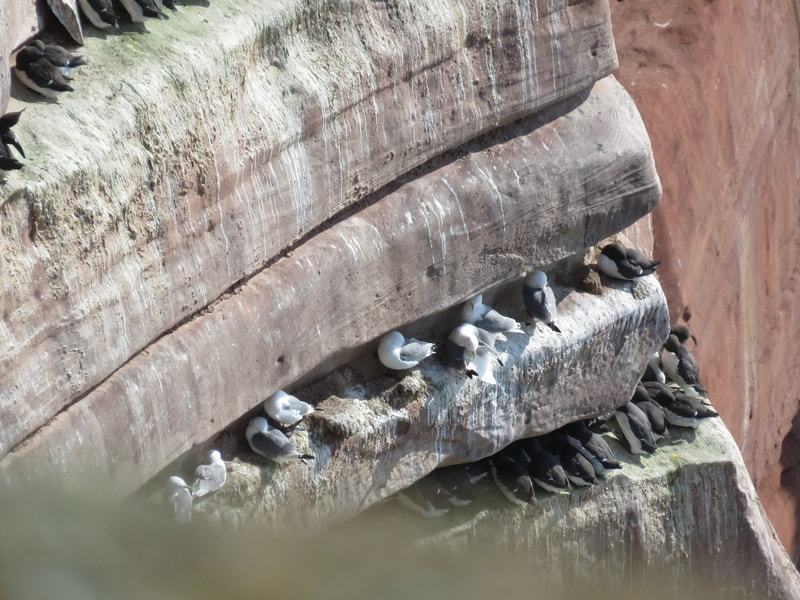
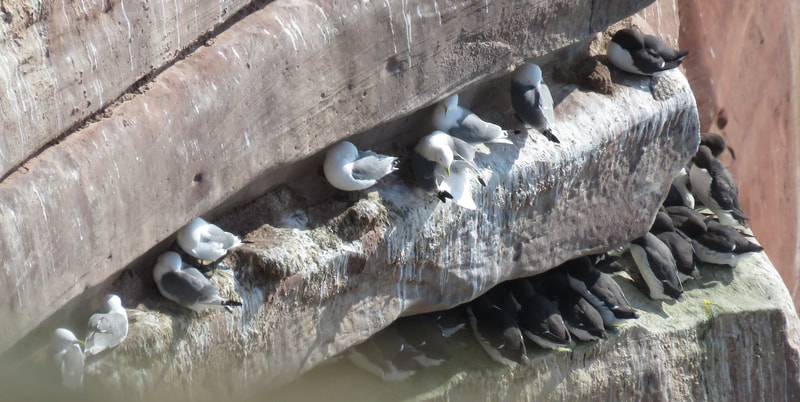
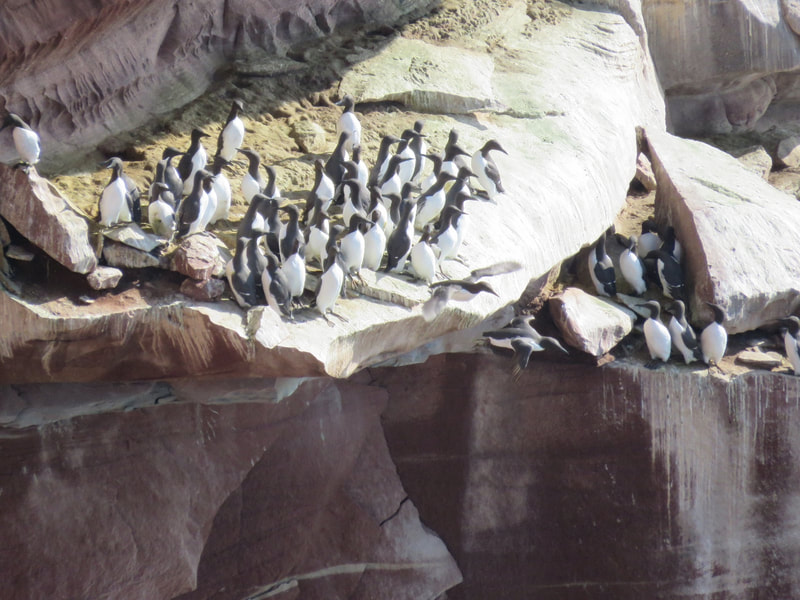
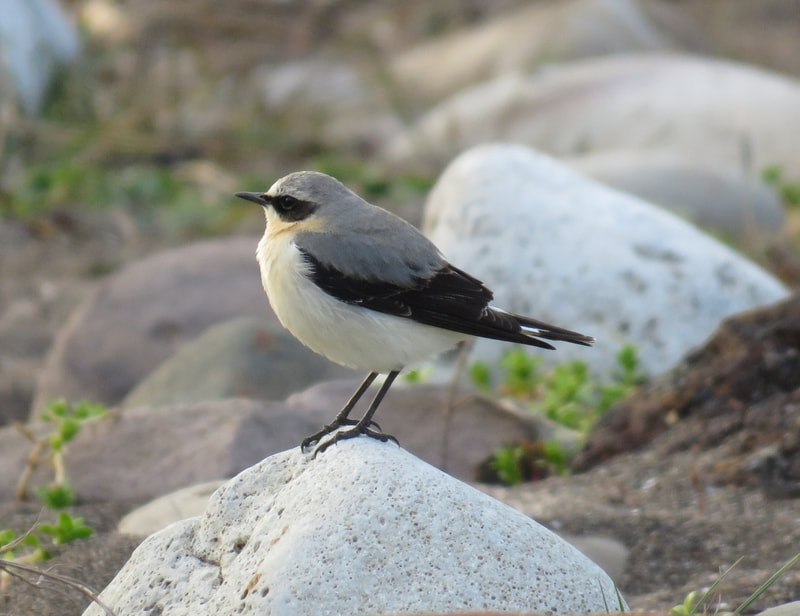
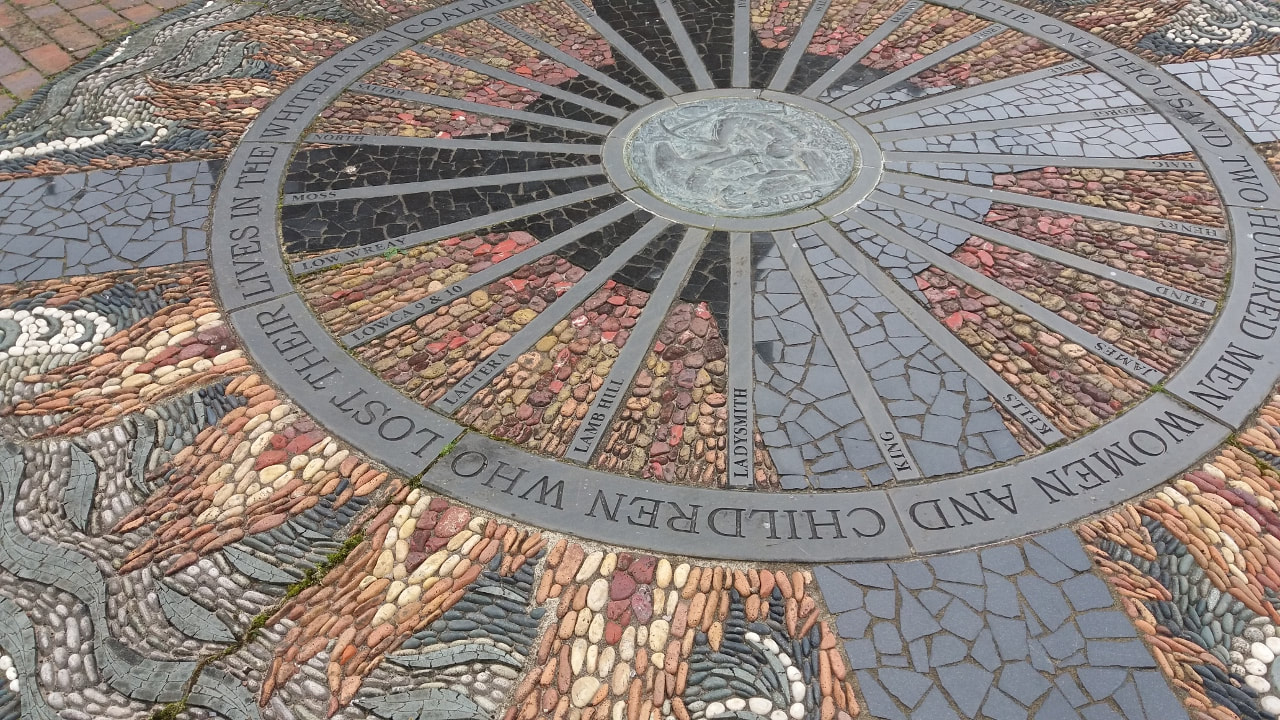
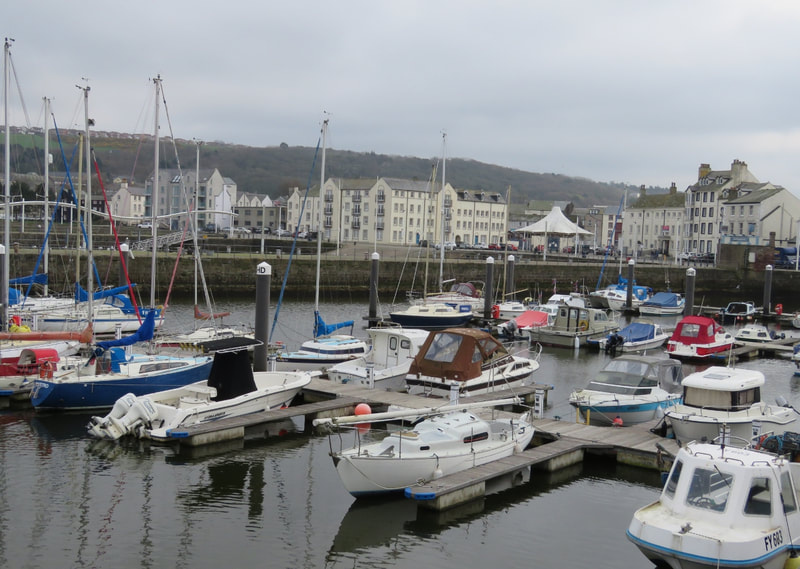
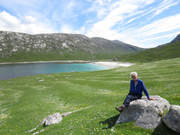
 RSS Feed
RSS Feed